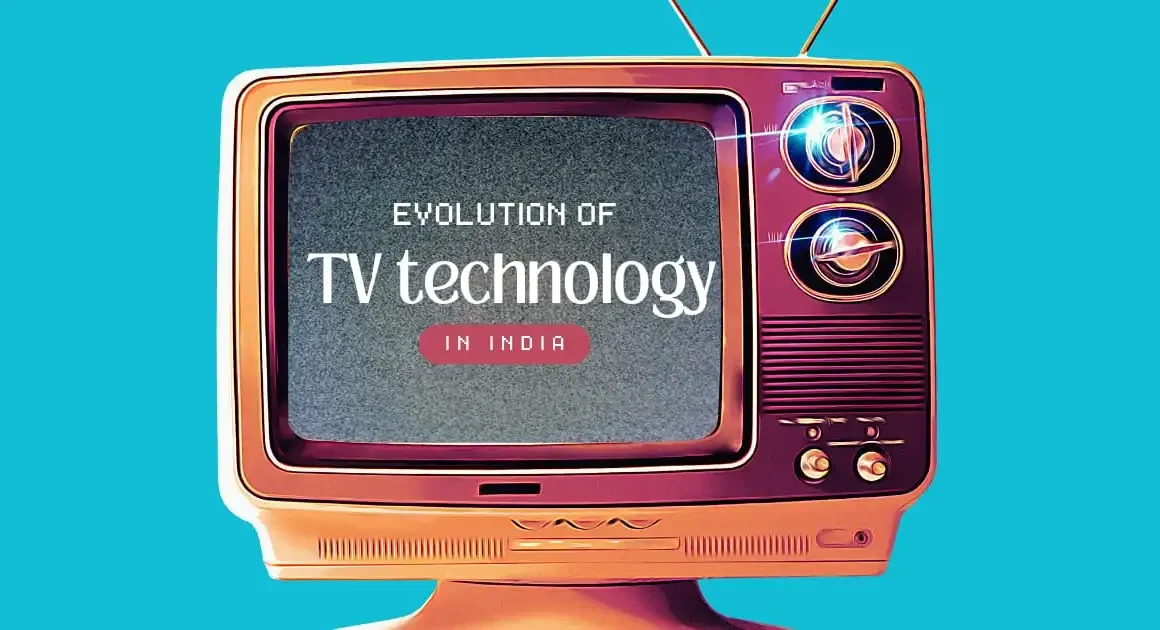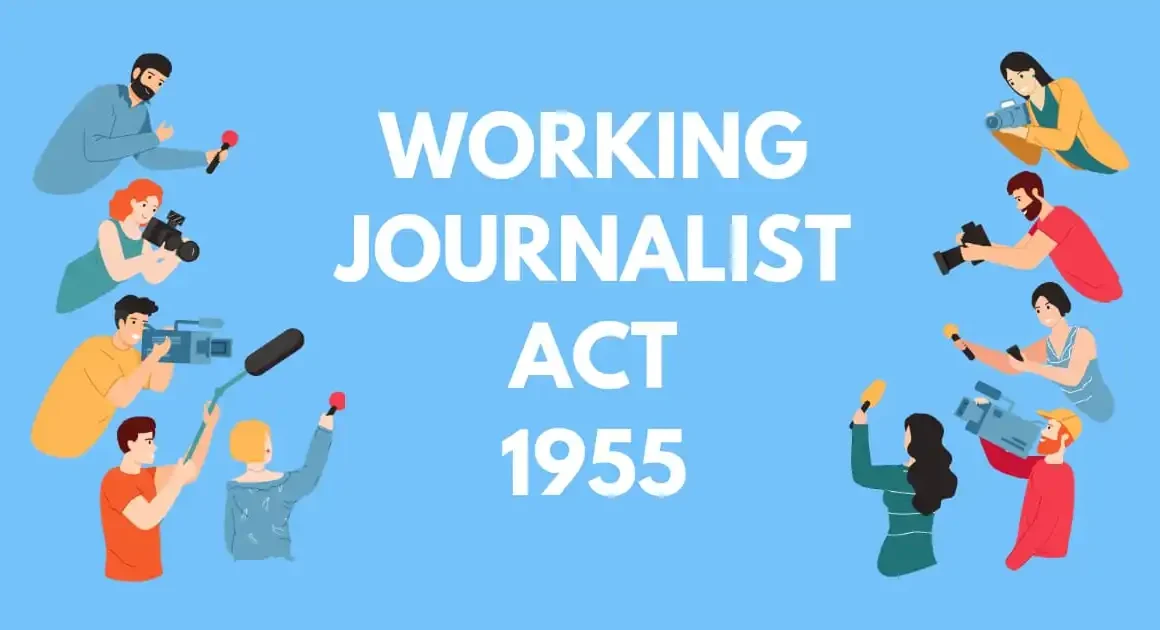Step into the captivating world of television in India, where lights, camera, and action seamlessly blend to create a mesmerizing experience for viewers across the nation.
From the humble beginnings of black and white televisions to the explosion of vibrant colors and high-definition screens, the journey of television in India has been nothing short of extraordinary.
Over the years, Indian television has become a powerful medium, reflecting the diverse cultural fabric of the country while simultaneously entertaining and engaging millions of households. From groundbreaking soap operas that tug at heartstrings to reality shows that ignite dreams and aspirations, television has become an integral part of the Indian lifestyle, influencing fashion trends, shaping public opinion, and creating new stars.
But the story of television in India goes beyond entertainment. It has played a significant role in spreading awareness about social issues, fostering education through informative programs, and serving as a platform for public discourse. From the iconic serials that brought families together to the game shows that had the nation glued to their screens, television has left an indelible mark on the Indian psyche.
Join us as we delve deep into the fascinating journey of television in India, exploring its evolution, impact, and the unforgettable moments that have shaped this incredible medium.
Key points
The Black & White Era (1959-1982): Doordarshan Takes Center Stage
- September 15, 1959: India’s television odyssey commenced with an experimental broadcast from Delhi, marking the birth of Doordarshan (DD), the state-owned broadcaster. Supported by UNESCO and the Ford Foundation, DD aimed to be an educational tool.
- 1965: Daily transmissions began, featuring educational programs, news bulletins, and glimpses of Indian culture, slowly weaving itself into the national fabric.
- 1972-1975: DD’s reach expanded to major cities like Mumbai, Calcutta, and Chennai, gradually solidifying its position as the sole source of televised entertainment and information.
- 1976 : DD separated from AIR
- 1982: The iconic Asian Games held in Delhi ushered in a new era. Color broadcasting made its debut, adding a captivating new dimension to Indian television.
The Satellite Boom (1982-1991): Private Channels Usher in Choice
- 1982: India’s first satellite, INSAT-1A, paved the way for private ventures. Zee TV, Sony Entertainment, and Sun TV were among the pioneers, breaking the DD monopoly and offering diverse content.
- 1982-1991: This period saw an explosion of private channels, catering to various genres like music, movies, and regional languages.
- 1991: Star Plus, the first foreign satellite channel, entered the scene, further enriching the viewing experience and intensifying competition.
The Liberalization Phase (1991-2000): Content Explosion and Regional Focus
- 1991: Economic liberalization fostered rapid growth in the industry. Hundreds of channels across genres like news, sports, and lifestyle emerged, catering to specific interests.
- 1990s: News channels like NDTV and Times Now gained prominence, shaping public discourse and political awareness.
- Regional channels: Channels in languages like Malayalam, Tamil, Telugu, and others flourished, fostering regional identities and showcasing unique cultural narratives.
The Digital Age (2000-Present): On-Demand and Interactive Experiences
- 2000s: Cable and satellite television became ubiquitous, offering hundreds of channels and increasing digitization.
- Streaming services: Netflix, Amazon Prime Video, and Hotstar disrupted the traditional model, providing on-demand content and personalized viewing experiences.
- Interactive TV: Technologies like smart TVs and connected devices blurred the line between television and internet, offering interactive experiences and personalized content.
On September 15, 1959, television made its debut in India as a pilot programme in Delhi that was broadcast from a temporary studio. Each week, there were just two one-hour programmes available. These first broadcasts were handled by All India Radio. The majority of the early programming on these experimental broadcasts was instructional, geared towards farmers and schoolchildren. To distribute these shows, a number of community television sets were put up in rural Delhi and in nearby schools. Doordarshan began conducting regular daily broadcasts in Delhi in 1965 as a component of All India Radio. Television centers began to appear in various regions of the nation by the 1970s.
In 1972, television broadcasting began in Bombay. TV stations opened later in 1975 in cities like Lucknow, Ahmedabad, Chennai, Srinagar, Kolkata, and Chennai. Doordarshan, the television division of All India Radio up to that point, was split off into its own department in 1976.
Introduction of the Satellite Instructional Television Experimental Programme (SITE)
As part of the Satellite Instructional Television Experiment (SITE), one of the significant turning points in Indian television history, a number of community television sets were supplied. The study was carried out from August 1975 to July 1976. The Indian government implemented this operation, which involved broadcasting educational content to Indian communities via the American satellite ATS-6. Television sets were dispersed throughout the six states that were chosen for this experiment.
India made a significant advancement in the use of television for development via SITE. The majority of the shows were produced by Doordarshan, which was then a division of AIR. The telecasts took place in the morning and the evening, twice a day. These programmes covered health and family planning information in addition to agricultural information. These telecasts also featured entertainment in the form of folk, rural, dance, and music arts. The 1982 broadcast of the Ninth Asian Games was a significant turning point in Indian television history.
Nationalization of Doordarshan and Upcoming of Colour Television
When DD started broadcasting national programmes in 1982, it officially became a national network. Colour televisions were released in the Indian markets that same year. The live broadcast of the Independence Day parade on August 15, 1982, and the Asian Games in Delhi were the first colour television shows. The 1980s were Doordarshan’s golden age, drawing millions of viewers in with soap operas like Hum Log (1984), Buniyaad (1986–87), and epic dramas like Ramayana (1987–88) and Mahabharata (1988–89). Other well-liked shows were ones that used music from Hindi films, such as Rongoli and Chitrahaar, and those that focused on criminal dramas, such as Karamchand, Byomkesh Bakshi, and Janki Jasoos. Regional and local programmes are run on a time-sharing basis under DD-1 national programmes. The DD-News network was Launched on November 3, 2003, the 24-hour news channel DD-Metro Entertainment has been replaced by the DD-News channel.
Era of Private TV Channels
The Indian government initiated a number of economic changes in 1991–1992. As a result, the broadcasting industry became more liberalised, welcoming cable television and allowing private and foreign broadcasters. The Star TV Network emerged as a trailblazing foreign station in the Indian television landscape, while Asia Television Network (ATN) and Zed TV were the first privately-owned Indian channels to broadcast over cable. A few years later, the BBC, CNN, Discovery Channel, National Geographic Channel, and many more international channels began airing in India. Additionally, specialty sports channels like ESPN emerged. The emergence of satellite television was advantageous for both private channels and cable operators. It encouraged people to subscribe to Star TV, CNN, ATN, and CNBC’s programming.
In addition to providing links to satellite channels, cable companies run their own local channels with their own programming.
In addition to the numerous Hindi-language channels that proliferated throughout the 1990s, various regional and English-language networks also prospered nationwide. HBO and History Channel began airing international programming by 2001. Other foreign channels like Nickelodeon, Cartoon Network, VHI, Disney, and Toon Disney entered the market between 1999 and 2003. The number of news stations in different languages has increased dramatically since 2003. Notable ones are NDTV, CNN IBN, and Aaj Tak. In the Indian broadcasting sector, the newest networks and channels are UTV Movies, UTV Bindass, Zoom, Colours, 9X, and 9XM.
Direct to Home Service (DTH)
Using signals from direct broadcast satellites, DTH television is a way to receive satellite television. In India, DTH services were originally suggested in 1996. Due to worries about detrimental cultural influence and national security, the idea was rejected.
In November 2000, the Indian government approved the distribution and reception of satellite television broadcasts. Dish TV introduced the nation’s first DTH service on October 2, 2003. Public broadcaster Prasar Bharati introduced DD Free Dish, the country’s first free DTH service, in December 2004.
In 2008, the government of Delhi, Mumbai, Chennai, and Kolkata launched a digital way of transmission via Set-Top Box (STB). In terms of customers, India is the world’s largest DTH market. 2016 saw the complete conversion of all TV transmissions from analogue to digital format. As a result, India’s television audience grew significantly. There are five paid DTH providers and one free DTH provider serving the Indian market.
Prepare for MCJ UGC NET with our recommended mock tests.




